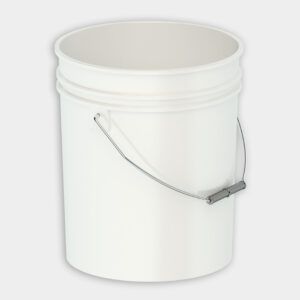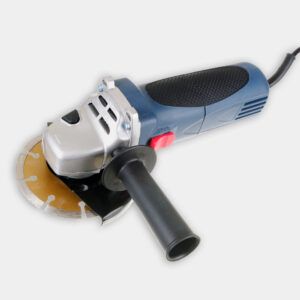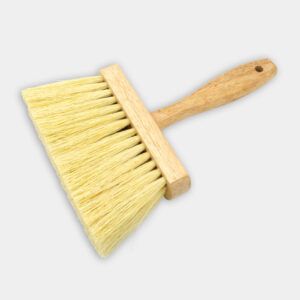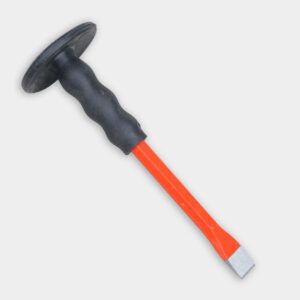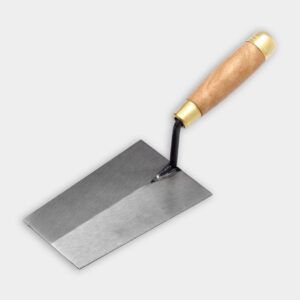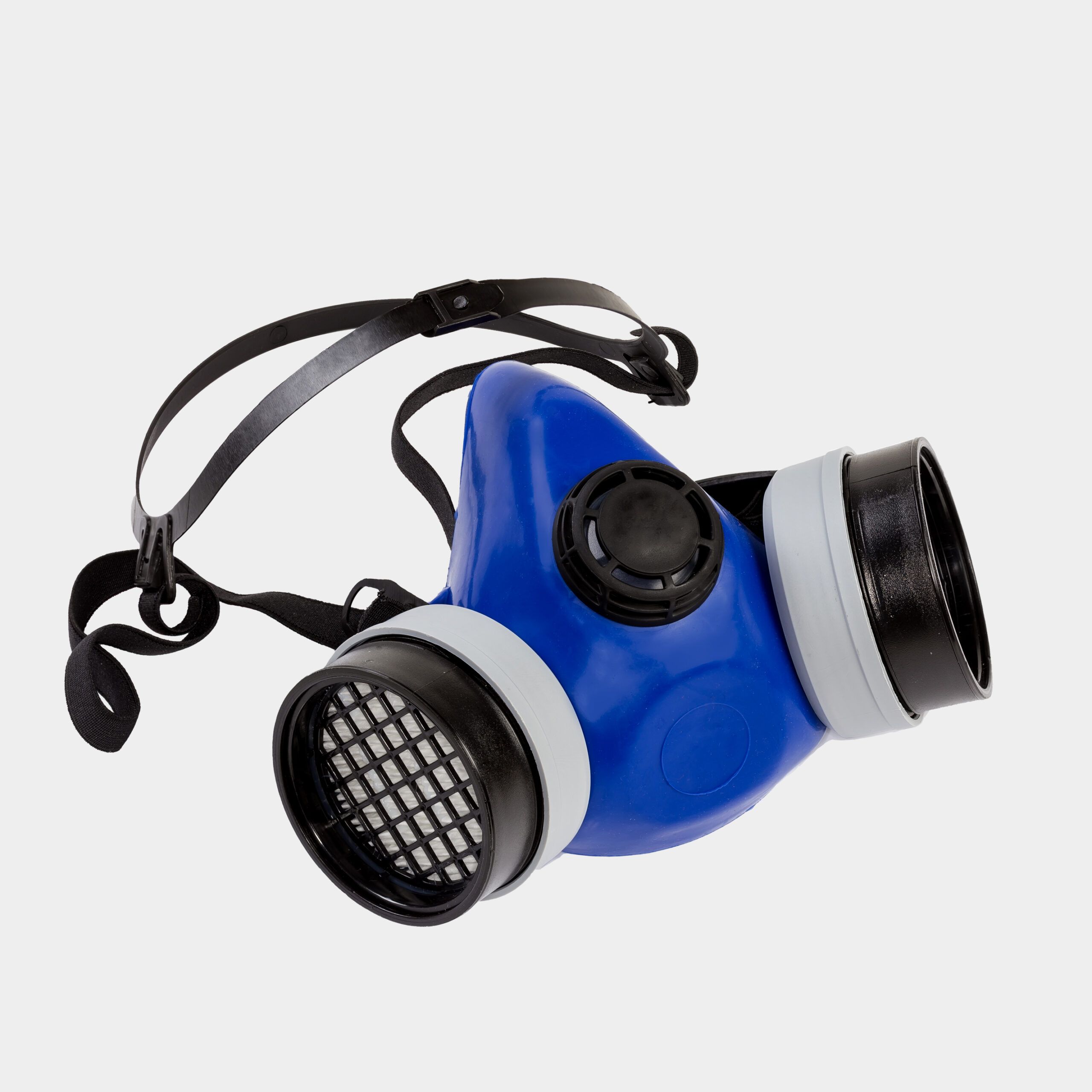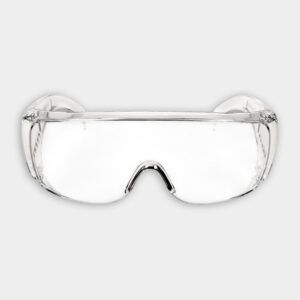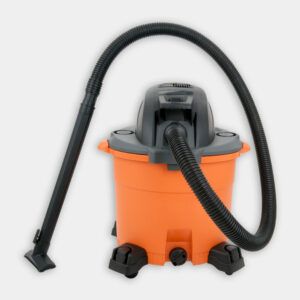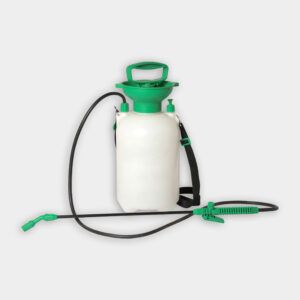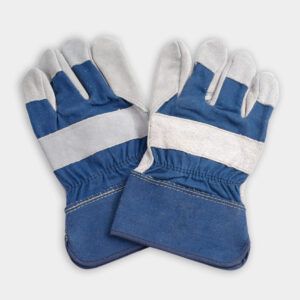We may be compensated if you purchase through links on our website. Our team is committed to delivering honest, objective, and independent reviews on home products and services.
Chimneys are a vital component of many homes, but constant exposure to the weather can lead to wear and tear over time. Regular maintenance and repairs can help keep your chimney in good shape, making your home safer and more efficient. In the video segment above, Ask This Old House mason Mark McCullough shares a few helpful repair techniques and offers his expert insights on chimney maintenance.
Chimney Deterioration
Chimneys are exposed to the elements—wind, rain, and temperature changes—which can cause a host of problems with time. Recognizing these common issues can help you keep your chimney safe and working well.
Common Chimney Problems
Here are the most common chimney problems homeowners should watch for:
- Broken mortar joints: Gaps between bricks and mortar allow water to seep in and cause further damage.
- Flashing damage: Damaged flashing can lead to leaks and subsequent water damage inside the home.
- Loose aggregate in mortar joints: When mortar starts to crumble, it’s time to replace it to maintain structural integrity.
- Mechanical fastener issues: Mechanical fasteners, such as screws holding chimney caps in place, can create penetrations where water collects and freezes. Using silicone caulk is a better option, as it allows for movement without leaks.
- Poor draft: Obstructions or poor construction can prevent proper airflow, impacting the chimney’s functionality.
More Signs of Chimney Damage
Spotting damage early can prevent more expensive repairs later. Keep an eye out for these signs:
- Crumbling or falling bricks
- Rusty flashing or chimney cap
- Visible cracks or gaps in mortar joints
- Water stains on walls or ceilings near the chimney
- White staining (efflorescence) on the exterior brickwork
McCullough emphasizes the importance of regular inspections to help you catch these problems before they get worse.
Tools and Materials for Chimney Repairs
Make sure you have the required tools and materials on hand to make your repairs:
- Bucket
- Earplugs
- Grinder with masonry wheel and HEPA attachment
- Masonry brush
- Masonry chisel and hammer
- Masonry detergent
- Masonry trowels
- Pointed trowels
- Respirator mask
- Safety glasses
- Shop vac
- Sprayer
- Type N mortar mix
- Waterproofing agent
- Work gloves
Chimney Repair Techniques
Different chimney issues require different repair methods. Here are the most common techniques used to fix chimney problems.
Repointing
Repointing is the process of removing old, crumbling mortar and replacing it with fresh mortar to keep the chimney sturdy and watertight. Here’s how:
- Remove old mortar using a grinder with a HEPA filter attachment.
- Clean out the debris and wet the bricks.
- Mix new mortar to a thick, oatmeal-like consistency.
- Apply new mortar using a pointing trowel.
- Smooth joints with a finishing tool.
Flashing Repair
Flashing seals the area where the chimney meets the roof, protecting your home from leaks. To fix damaged flashing:
- Remove old, damaged flashing.
- Clean the area thoroughly.
- Install new flashing and check for proper overlap.
- Seal edges with high-quality caulk.
Chimney Cap Installation
A chimney cap helps stop water, debris, and animals from entering the flue. Here’s how to install one:
- Measure the chimney and choose a cap that fits.
- Apply silicone caulk around the top edge of the chimney.
- Place the cap on top and secure it as directed by the manufacturer.
Pro tip: Avoid using screws, as they can cause water to get in.
Preventative Maintenance for Chimneys
Regular maintenance can significantly extend the life of your chimney and prevent costly repairs. Here are a few simple steps to keep your chimney in good condition.
Waterproofing
Waterproofing helps protect your chimney from moisture damage. Here’s how to apply it:
- Clean the chimney exterior with a masonry detergent.
- Allow the chimney to dry completely.
- Apply the waterproofing agent from bottom to top to avoid streaking.
Proper Ventilation
Good ventilation helps your chimney work efficiently and prevents moisture buildup. To keep airflow clear:
- Trim any trees or clear nearby structures that might block air movement.
- Install a chimney cap to stop downdrafts.
- Make sure the flue is free of obstructions so air can flow properly.
Annual Inspections
It’s a good idea to have your chimney inspected every year by a certified chimney sweep. They can spot potential problems early and make sure your chimney is safe for use.
When To Call a Professional for Chimney Repair
Some chimney repairs are best left to the experts. We recommend calling a professional in these situations:
- Complex flashing repairs that need specialized tools
- Extensive water damage that requires significant repair
- Liner replacement or repair
- Ongoing draft problems
- Structural issues, such as leaning or crumbling bricks
If you’re not comfortable working at heights or don’t have the necessary tools, hiring a pro is the safest choice.
